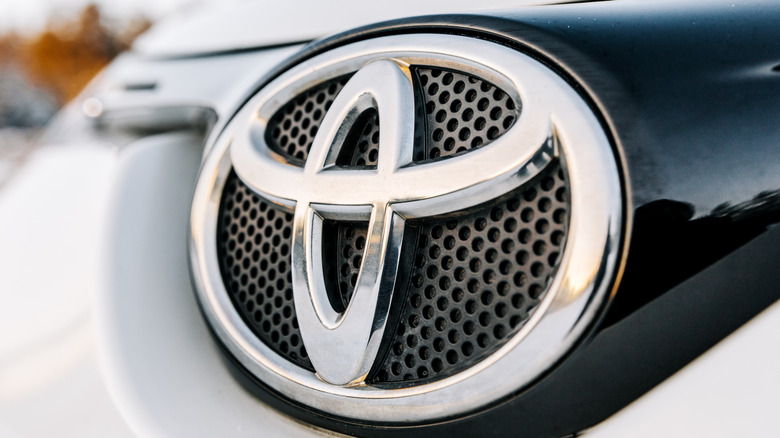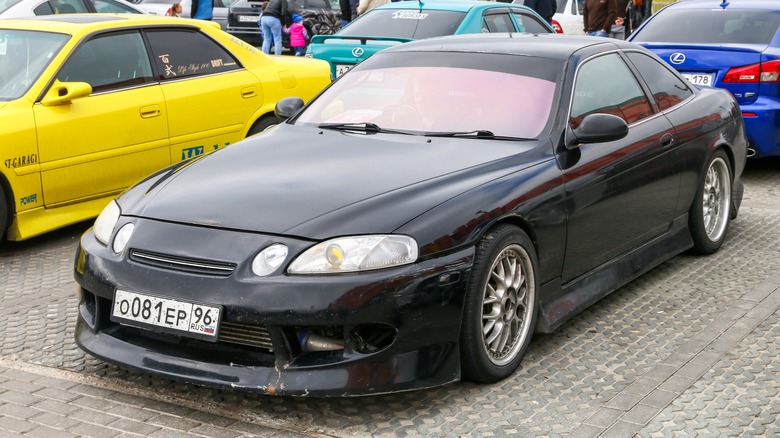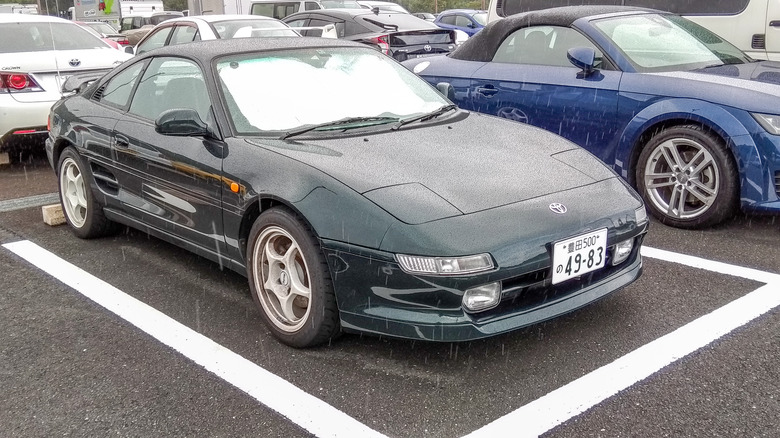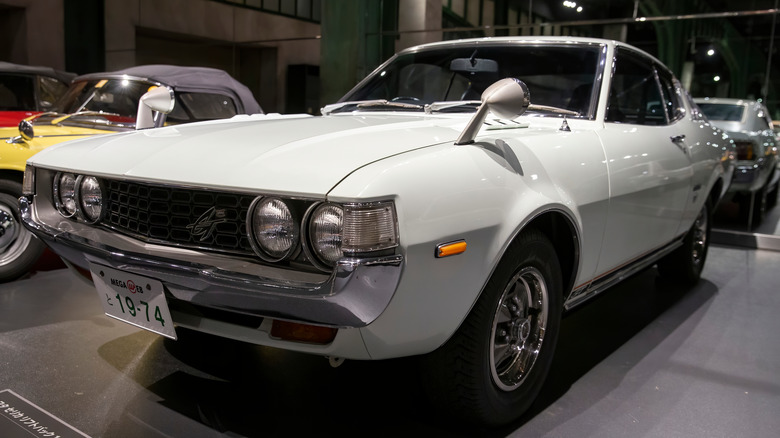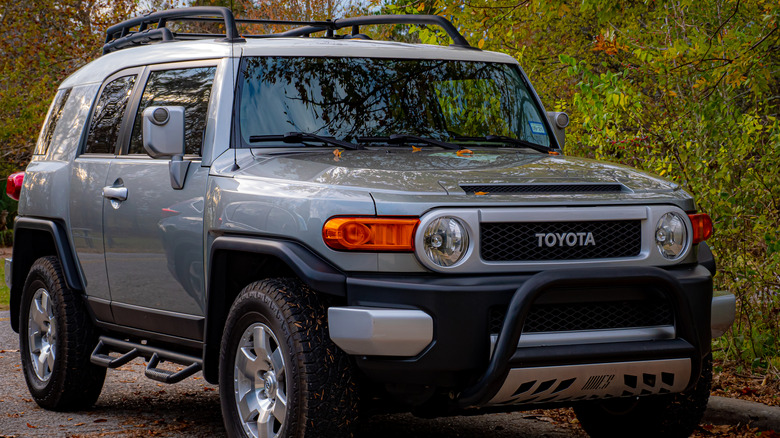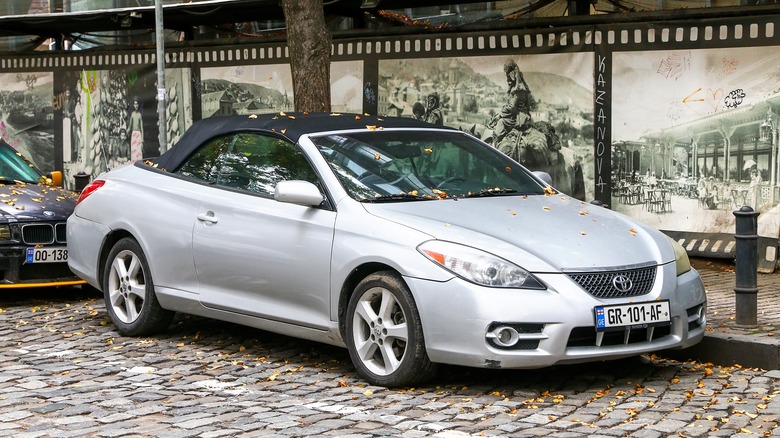5 Cars Toyota Should Have Never Discontinued
In the vast automotive landscape, certain vehicles leave an indelible mark, captivating the hearts of enthusiasts and becoming symbols of excellence — none more so than some Toyota cars. Among these, there are cars that, in hindsight, Toyota should have never discontinued. These vehicles, revered for their performance, reliability, and iconic status, have become timeless classics, leaving folks longing for their return.
In this article, we will explore five such cars. These vehicles, each with their unique characteristics and strengths, represent milestones in Toyota's automotive legacy. They possess a rich heritage and a dedicated following, showcasing the brand's ability to create captivating automobiles that stand the test of time.
By examining these discontinued models, we gain a deeper appreciation for their significance in Toyota's history and understand why their absence is keenly felt. These vehicles embody Toyota's commitment to quality and innovation and also hold a special place in the hearts of automotive enthusiasts worldwide.
Toyota Soarer
The Toyota Soarer, a luxury GT coupé produced from 1981 to 2005, was a remarkable vehicle that showcased Toyota's commitment to excellence and innovation. The Soarer left a lasting impression on automotive enthusiasts with its stylish design, advanced features, and impressive performance.
One of the notable aspects of the Toyota Soarer was its ability to offer a diverse range of engine options. Across its various generations, the Soarer provided an array of powertrain choices, enabling drivers to tailor their driving experience to their preferences. The engines delivered an impressive power range of 230 to 280 horsepower, providing exhilarating performance on the road. Whether cruising on the highway or tackling winding roads, the Soarer offered a thrilling and engaging ride.
The Toyota Soarer also exhibited exceptional build quality and attention to detail. Its luxurious interior provided a comfortable and refined space equipped with premium materials and advanced amenities. The multifunctional steering wheel and powered adjustments for both driver and passenger seats exemplified the focus on driver comfort and convenience. The Soarer truly embodied Toyota's commitment to delivering a superior driving experience.
Despite the Soarer's many positive attributes, its discontinuation in 2005 remains a regrettable decision. The rise of the Lexus brand, which shared components and design configurations with the Soarer, led to a shift in Toyota's product lineup. However, enthusiasts and fans of the Soarer still hold it in high regard, recognizing its timeless design, remarkable performance, and advanced features.
Toyota MR2
This is a vehicle that carved out its own niche in the sports car segment. The Toyota MR2 spanned three generations, namely the W10, W20, and W30, produced from 1984 to 2007. It boasted a mid-engined, rear-wheel-drive layout, offering a thrilling driving experience and balanced handling. The MR2's simple yet elegant design, characterized by independent MacPherson strut suspensions and four-wheel disc brakes, ensured precise control and excellent stopping power.
Throughout its production years, the MR2 received revisions and updates, showcasing Toyota's commitment to continuous improvement. Notably, Toyota collaborated with Lotus during the prototype phase, infusing the MR2 with a touch of British engineering expertise. The introduction of a supercharged engine in certain variants added an extra dose of exhilaration.
The Toyota MR2 garnered positive reviews for its agile handling, lightweight body, and driver-centric experience. Toyota Racing Development and TOM'S offered special variants like the TRD2000GT and TOM'S T020, further enhancing the MR2's performance and exclusivity.
However, it is essential to note that the MR2 had some common issues, including transmission shifting problems and ignition key malfunctions at higher mileage. Oversteering, if not handled properly, could also pose a challenge. Despite these concerns, the MR2, particularly the turbocharged Mk2 version, delivers impressive acceleration and remains a thrilling and capable sports car.
Toyota Celica
The Toyota Celica captivated enthusiasts and became an icon of sportiness and reliability but met the same fate of being discontinued due to poor sales. One of the defining characteristics of the Toyota Celica is its striking and aerodynamic design. The Celica showcased a sleek and aggressive silhouette throughout its various generations, featuring bold lines, sculpted curves, and distinctive headlights and taillights. The sporty design elements of the Celica conveyed its performance-oriented nature and turned heads wherever it went.
The Celica offered a range of powerful engines to suit different driving preferences as well. From the earlier generations with inline-four engines to the later generations with more advanced powertrains, the Celica delivered impressive performance and exhilarating acceleration. The exact specifications varied across different model years and generations, but the Celica consistently provided a thrilling driving experience.
The Toyota Celica's legacy is further amplified by its success in motorsports. The Celica participated in various racing events and championships throughout its production run, solidifying its reputation as a capable and competitive car on the track. Some sources, such as Carsguide, suggest the return of the Toyota Celica as an EV or hydrogen sports car — there is hope.
Toyota FJ Cruiser
The Toyota FJ Cruiser, a beloved and rugged SUV, is a true gem that Toyota discontinued in 2014. One of the defining features of the Toyota FJ Cruiser is its distinctive and iconic design. Drawing inspiration from the classic FJ40 Land Cruiser, the FJ Cruiser exhibited a bold and boxy exterior characterized by its round headlights, wide grille, and rear-mounted spare tire. This retro-modern design paid homage to its heritage while incorporating modern touches, creating a truly standout vehicle on and off the road.
When it comes to off-road performance, the FJ Cruiser excelled. With its robust body-on-frame construction, high ground clearance, and advanced 4WD system, the FJ Cruiser was built to conquer challenging terrains. It also had features like a locking rear differential, active traction control, and off-road suspension.
Under the hood, the FJ Cruiser boasted a powerful 4.0-liter V6 engine, delivering ample torque and horsepower for both on-road and off-road adventures. With its towing capacity and impressive off-road performance, the FJ Cruiser offered versatility for hauling gear and tackling various terrains with ease.
Inside the cabin, the FJ Cruiser provided a spacious and comfortable environment for both driver and passengers. Its functional and durable interior design featured water-resistant materials and rubberized flooring, making it easy to clean after off-road excursions. The FJ Cruiser also incorporated modern amenities such as Bluetooth connectivity, a touchscreen infotainment system, and a premium sound system, ensuring a connected and enjoyable driving experience.
Toyota Solara
This is another sad discontinuation by Toyota for many car enthusiasts, especially with how it was done — production was suspended in 2008 and never resumed. The Solara boasted clean lines, a streamlined profile, and aerodynamic styling that exuded a sense of elegance and sportiness. Whether as a coupe or a convertible, the Solara turned heads wherever it went, making a lasting impression on the road.
The Solara interior offered a comfortable and refined environment. The spacious seating and thoughtfully designed interior provided a premium feel, allowing both the driver and passengers to travel in style and comfort. The Solara's attention to detail extended to the quality materials, ergonomic controls, and well-placed storage compartments, making it a practical and enjoyable car for everyday use.
In terms of performance, the Solara had a lot of options to choose from — from efficient yet capable four-cylinder engines to more powerful V6 engines, the Solara provided a balanced blend of performance and fuel efficiency. The exact specifications varied across different model years, but the Solara consistently delivered a smooth and responsive driving experience.
Technological features were also incorporated into the Solara, enhancing both convenience and entertainment. Depending on the trim level and options, the Solara offered amenities such as a premium audio system, navigation system, Bluetooth connectivity, and automatic climate control. These features elevated the driving experience and ensured a connected and enjoyable journey.
